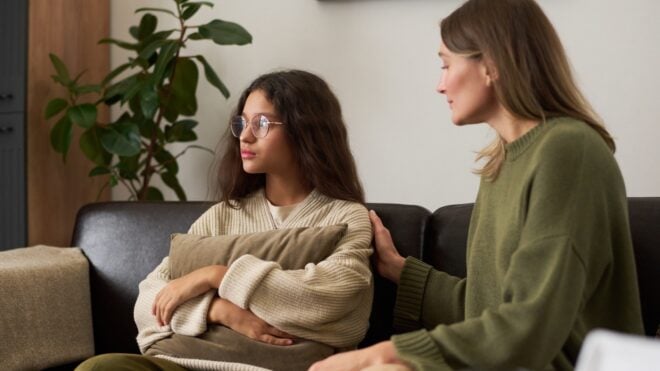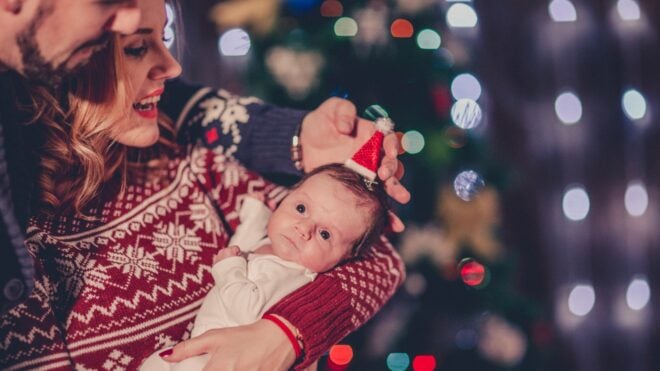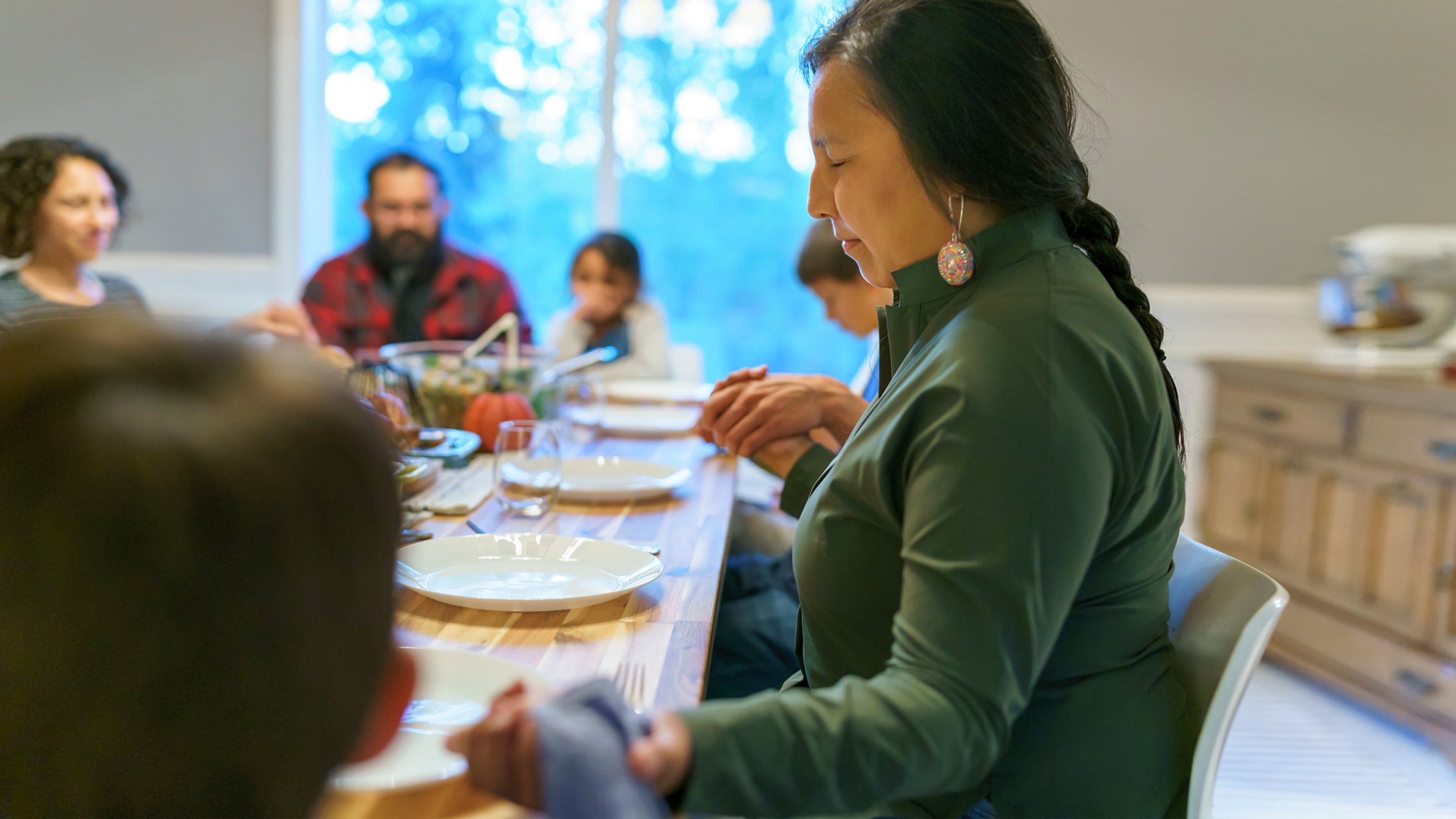
In this article
When Thanksgiving comes around, many of us are reminded of turkeys, gourds and the idea of gratitude. These classic Thanksgiving decorations are also accompanied by a tale of the “first Thanksgiving,” or when Native Americans and Pilgrims, who came from England on the Mayflower, peacefully feasted together at Plymouth Rock, Massachusetts, in 1620.
This heartwarming tale is unfortunately far from historically accurate and forgoes the perspective of the resilient Native and Indigenous communities that were affected by colonization. This year, consider Thanksgiving a chance to focus on Native American teachings and ways to honor and celebrate Native American history instead.
The real Thanksgiving and Native American history
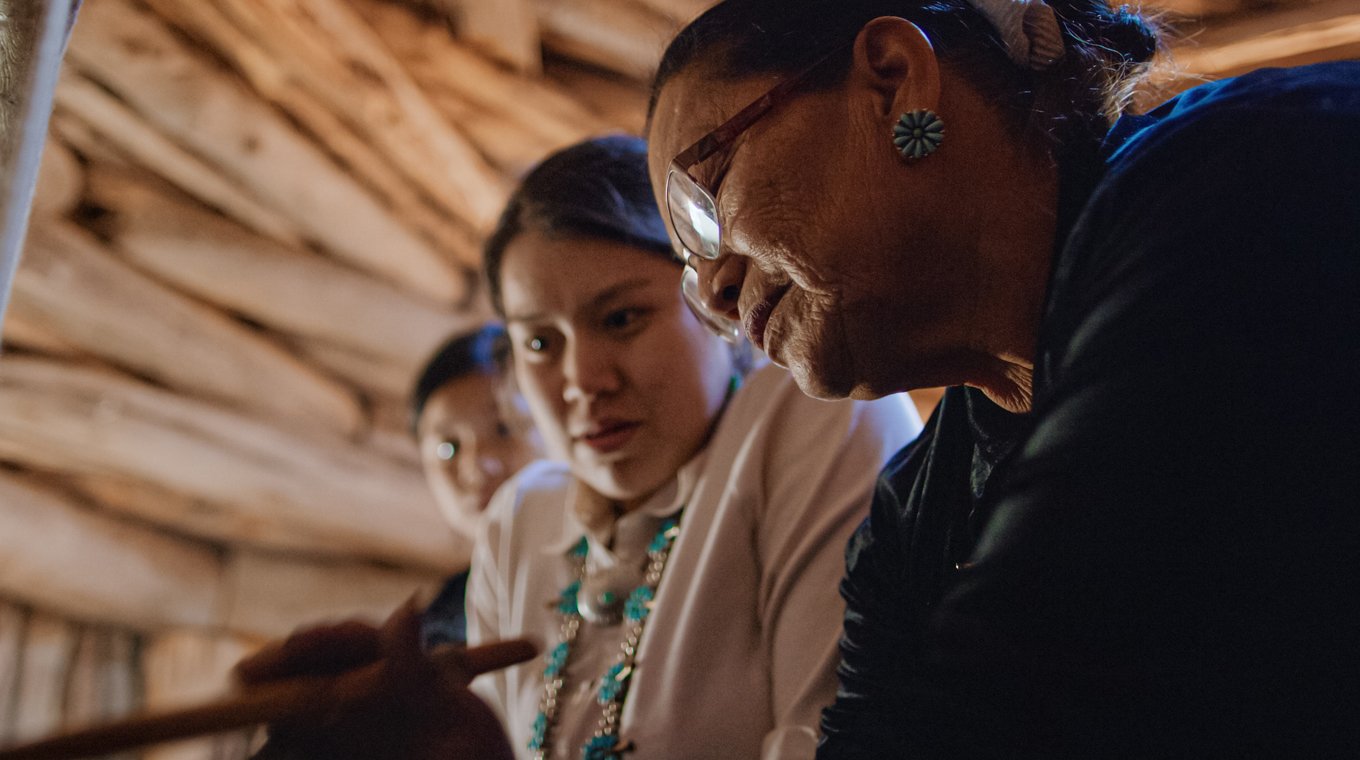
It’s important to know the real facts about Thanksgiving. According to the National Museum of the American Indian, the Wampanoag peoples, who occupied where Rhode Island and Massachusetts are now, did meet with the English settlers in 1621 to discuss peace and political alliances. These types of diplomatic meetings weren’t uncommon among Native Nations at the time.
The Wampanoags shared their knowledge of the area’s natural resources and gave the settlers food. It is because of the Native American teachings and generosity that the English settlers were able to survive. As for the feast itself, it was possibly between Governor William Bradford of the Pilgrims and the Wampanoags, but it was also common for Native Nations to have harvest feasts in autumn. Other sources say that the Wampanoags heard gunfire and crashed the harvest feast rather than being invited. Regardless, the feast we hear about was among the positive interactions between the English settlers and Indigenous peoples, while other interactions were of harm and genocide.
The English settlers also later turned on the Wampanoag peoples and attacked them in order to take their land. Oftentimes, European settlers were harmful to Native peoples, kidnapping and selling them into slavery, killing them with foreign diseases, or massacring them. In 1637, a massacre on the Pequot Nation would be dubbed Thanksgiving.
The importance of recognizing Native American history and voices
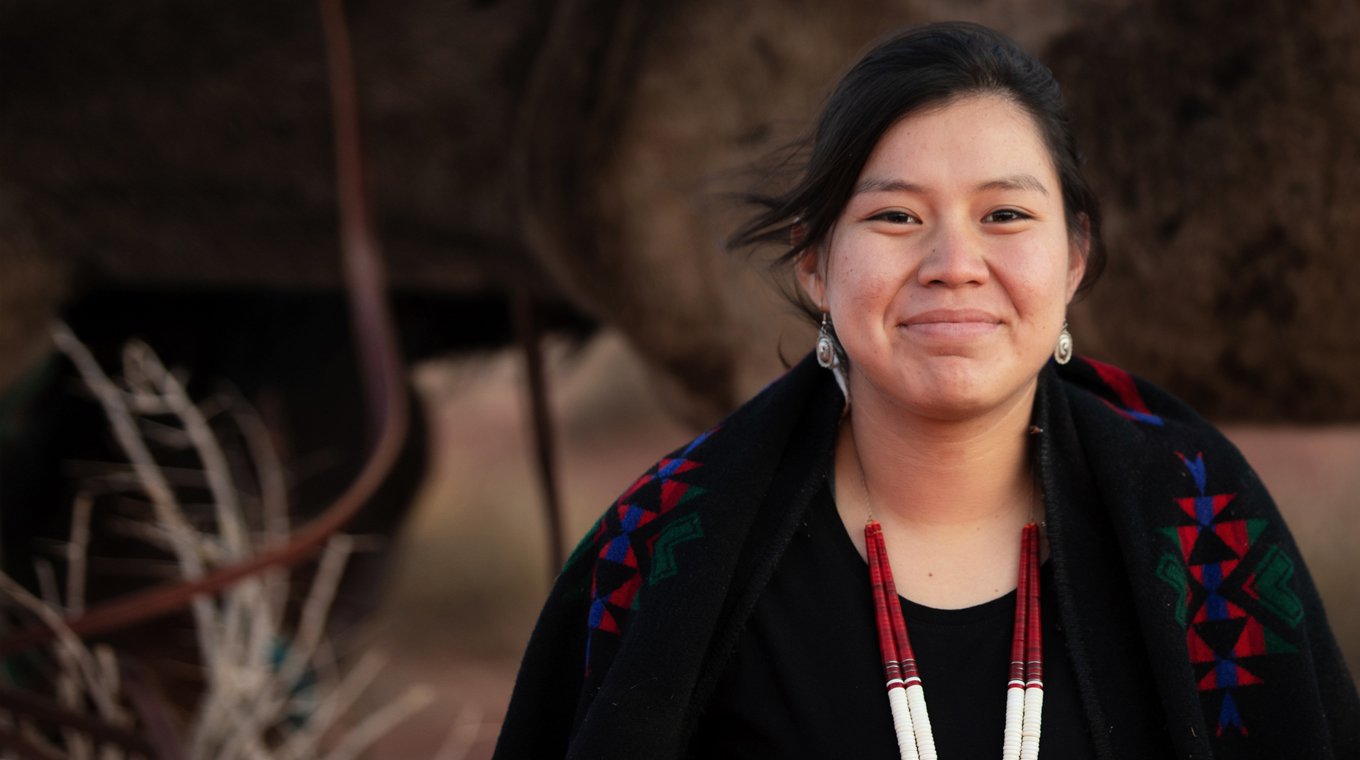
Perpetuating the Thanksgiving tale we were all taught in school can reinforce harmful stereotypes and lead to more hurt and marginalization. Today, many Native American communities face disparities in health, education, land, violence against women, and more. Thanksgiving can be a time for your family to reflect on Native American teachings, perspectives, and voices.
To many Native peoples, Thanksgiving is a day of mourning. While relearning new perspectives and dismantling old ones will lead to at least some discomfort, it’s a critical part of understanding the true history and its effects.
“The Thanksgiving myth has done so much damage and harm to the cultural self-esteem of generations of Indian people, including myself, by perpetuating negative and harmful images to both young Indian and non-Indian minds,” Dennis Zotigh, a cultural specialist at the Smithsonian National Museum of the American Indian in Washington, D.C., and a member of the Kiowa Gourd Clan and San Juan Pueblo Winter Clan, wrote for Smithsonian Magazine.
“There are so many things wrong with the happy celebration that takes place in elementary schools and its association to American Indian culture; compromised integrity, stereotyping, and cultural misappropriation are three examples,” Zotigh said.
How to celebrate Thanksgiving respectfully
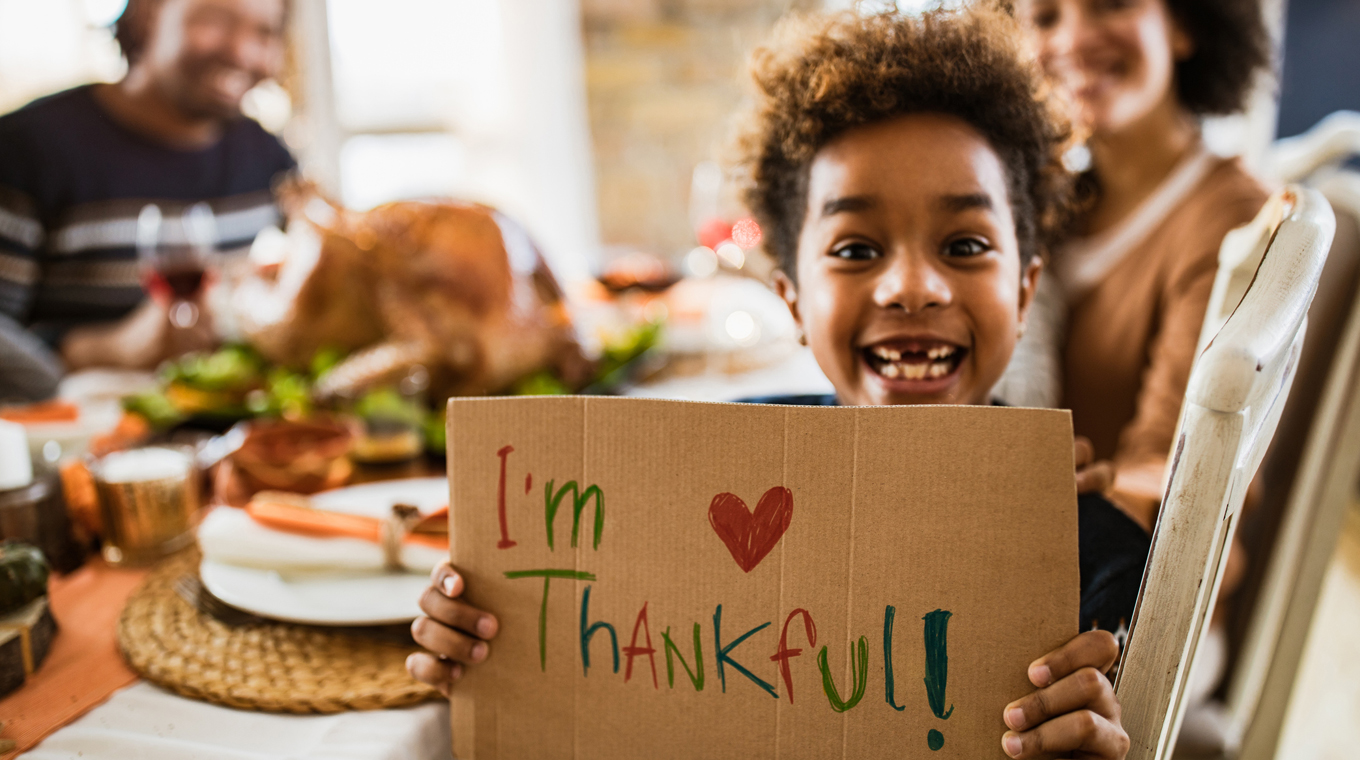
Reframing Thanksgiving when it is deeply embedded into American culture can be difficult — especially when the way we celebrate it is so far from the historical roots. It can be intimidating, especially when the topics seem heavy for little ones. “Getting your child to understand the nuances of Thanksgiving history is not going to be a one-shot deal,” Amelia Kibbie wrote for Mom.com.
“These conversations need to happen over a period of years,” Kibbie continued. “It’s important to plant the seeds of understanding our country’s history with your children early on.” No matter what age your kids are, there’s an activity or lesson about the real history between white settlers and coloinizing North America.
1. Learn more about Indigenous culture and communities by watching documentaries about Native American history or reading books about Native American history. November is also Native American Heritage Month and a good time to learn more about Native American teachings and culture. The Library of Congress and other education institutions have webinars and other resources to check out. For little ones, check out this list of 100 children’s books about Native American history.
2. Make new traditions on how to celebrate Thanksgiving by not putting up decorations depicting stereotypical Native Americans and Pilgrims and instead focusing on gratitude. Being thankful is already a big part of Native American culture.
3. Stand up and educate others against harmful stereotypes or racism, like non-Native people wearing headdresses or offensive mascots. Instead, talk to your kids and spread knowledge to others about Native American culture or learn more about [Native Americans making a difference today.
4. Donate to an organization helping Native American people, such as the National Museum of the American Indian or the First Nations Development Institute.
5. Visit a museum of Native American history, like the Museum of the American Indian, which has locations in New York and Washington, D.C. If you want to do something more COVID-friendly, check out their online website.

